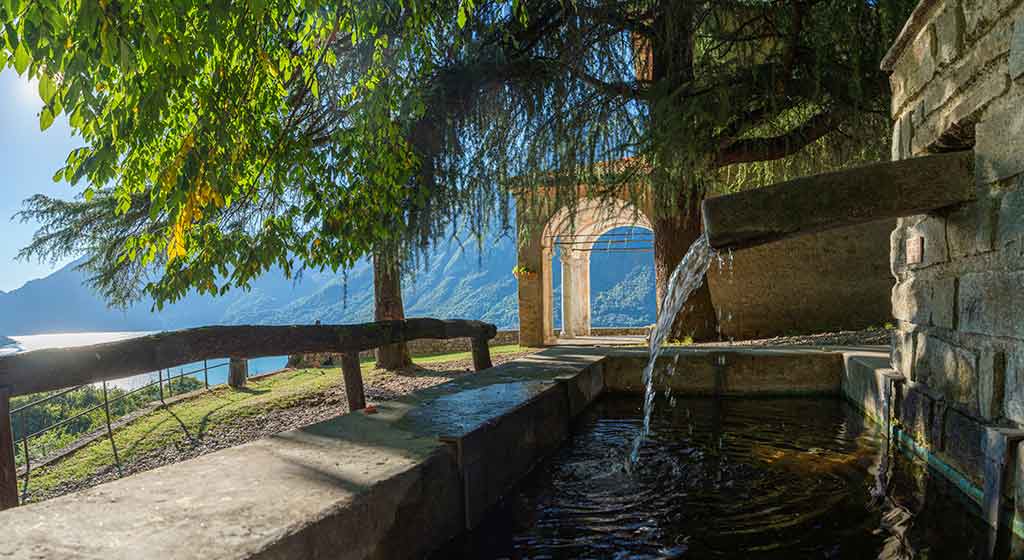
Going towards Claino and Osteno meet the “Caves of Rescia”. These caves are formed from deposited tuff and you can admire stalactites in continuous training. From here you can also see the waterfall of the Santa Giulia stream. I reach the
Lago di Piano Regional Nature Reserve, on the slopes of Mount Calbiga, which has been recognized as SIC (Site of Community Importance) by the European Union. You can reach this oasis from Porlezza through a convenient cycle path through woods where the protagonists are over 130 species of birds, small mammals, majestic deer, roe deer, numerous species of fish, reptiles and amphibians, including the common toad, which in May invades the shores of the lake to reproduce. Here is a visitor center called “Casa della Riserva” consisting of an ecomuseum, and among other things, an office where it is possible to register for “guided tours” services of the reserve. Visits can be done on foot (day and night), horseback riding, jeep, etc. Another important place in the Reserve is the
Multipurpose Naturalistic Observatory, which also works as a petting zoo. Finally, I take a walk in search of local craftsmanship: typical product is the
Cavagna, a basket woven with hazel branches created by the peasants with tools simple for common use.
Spring is the ideal season to enjoy Lake Lugano and its surroundings.
This guide has been translated automatically through a third party service. Visititaly offers these automatic translations to help site visitors, however the automatic translations may contain inaccuracies, errors or inaccuracies. You can contact us to report inaccuracies or errors and we will check the translation.